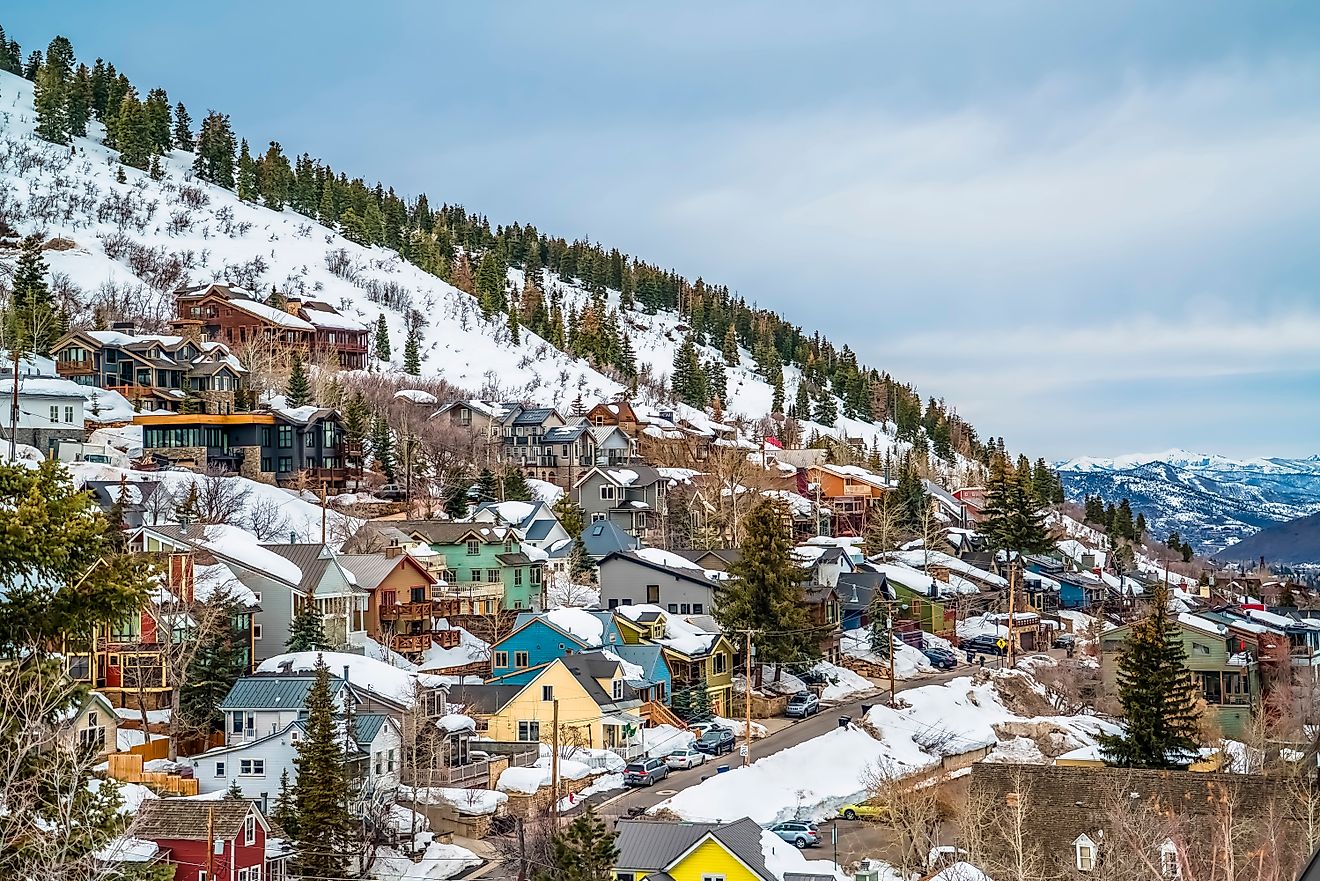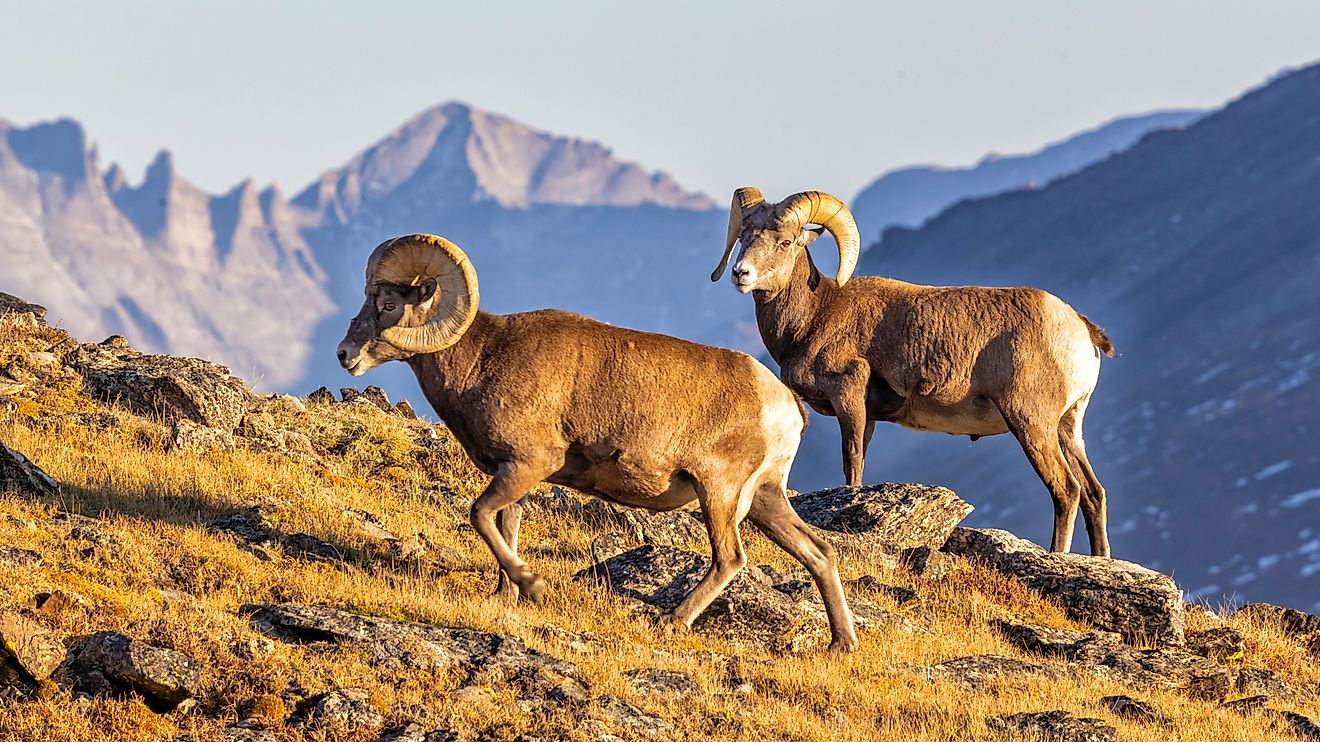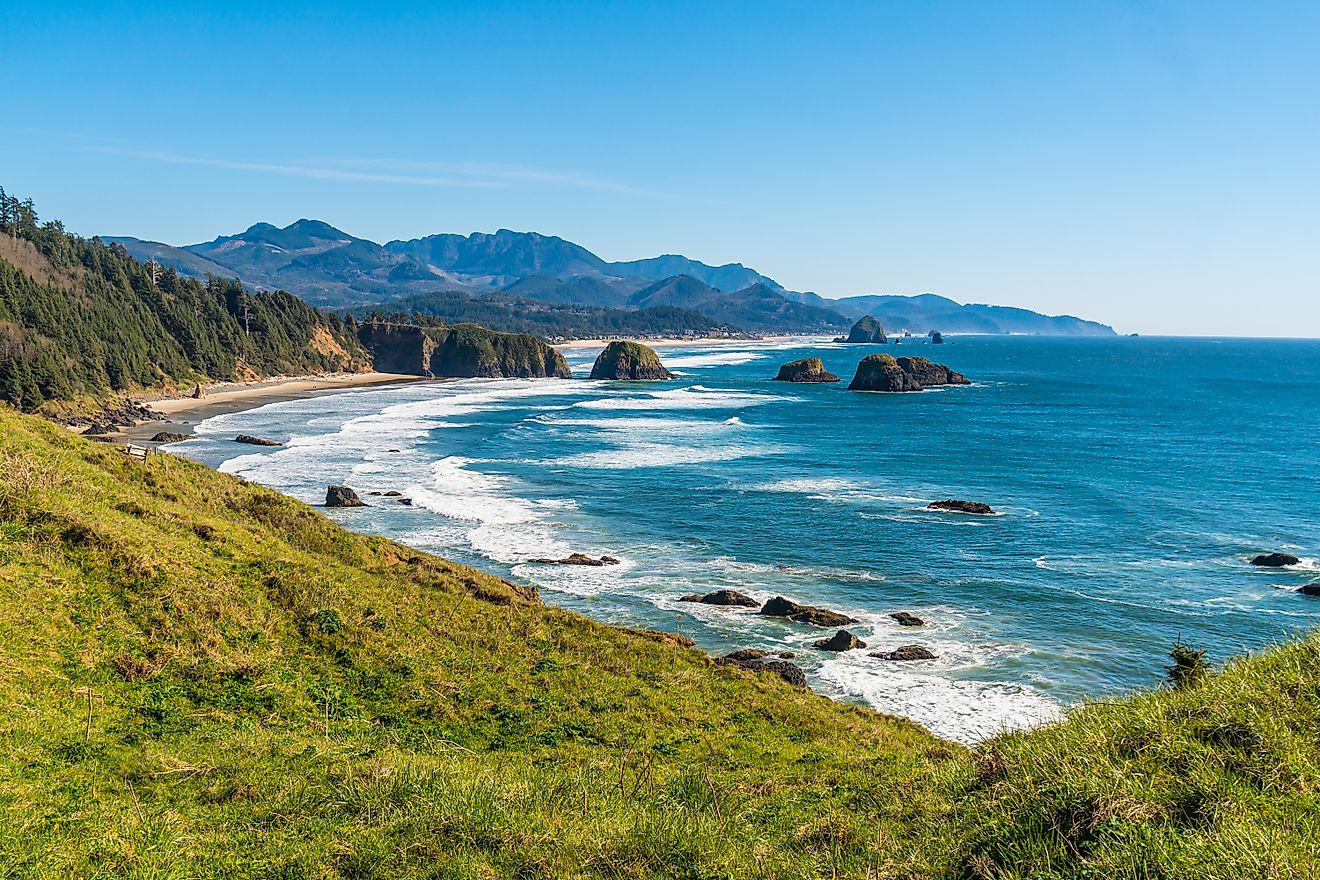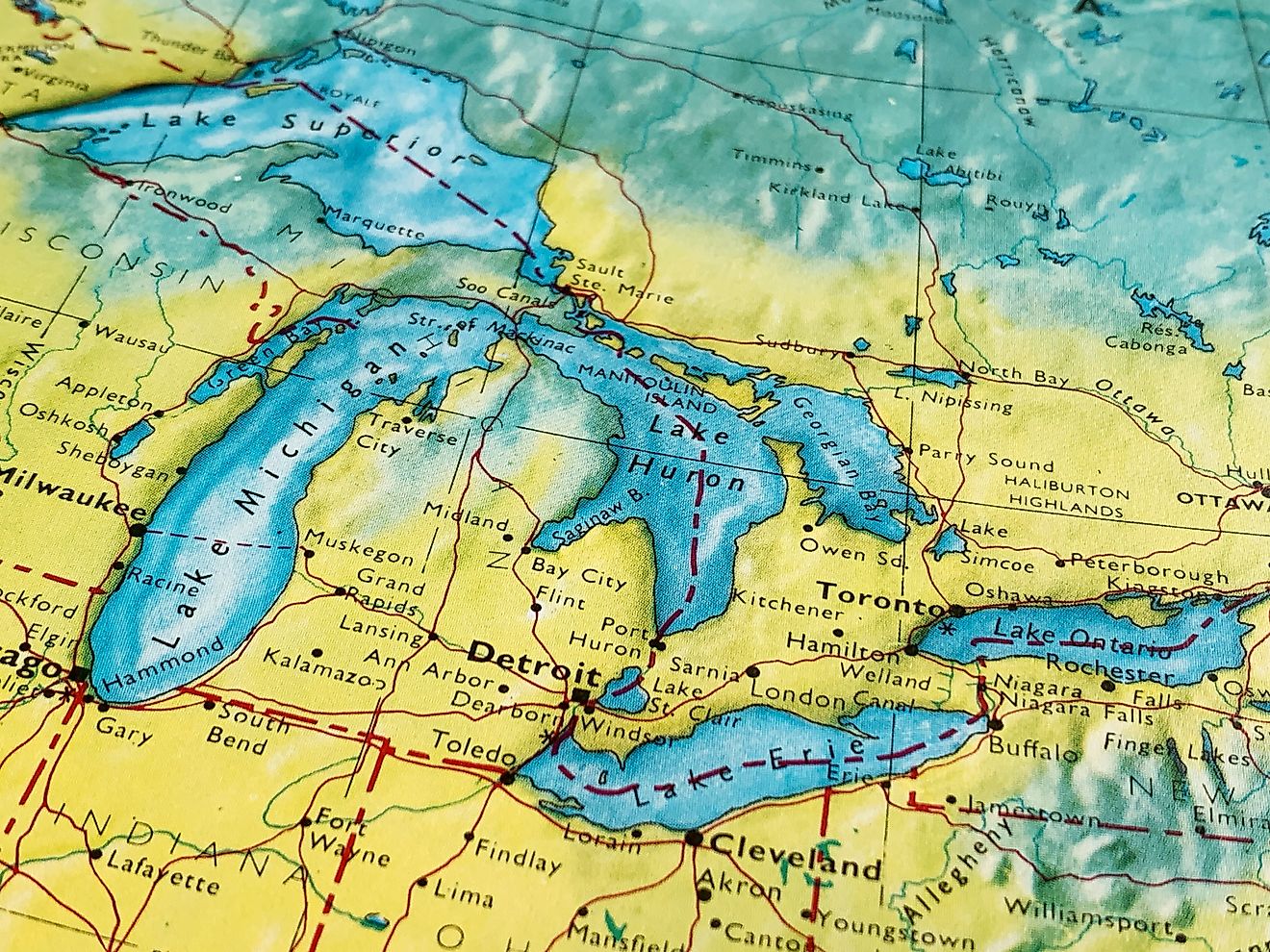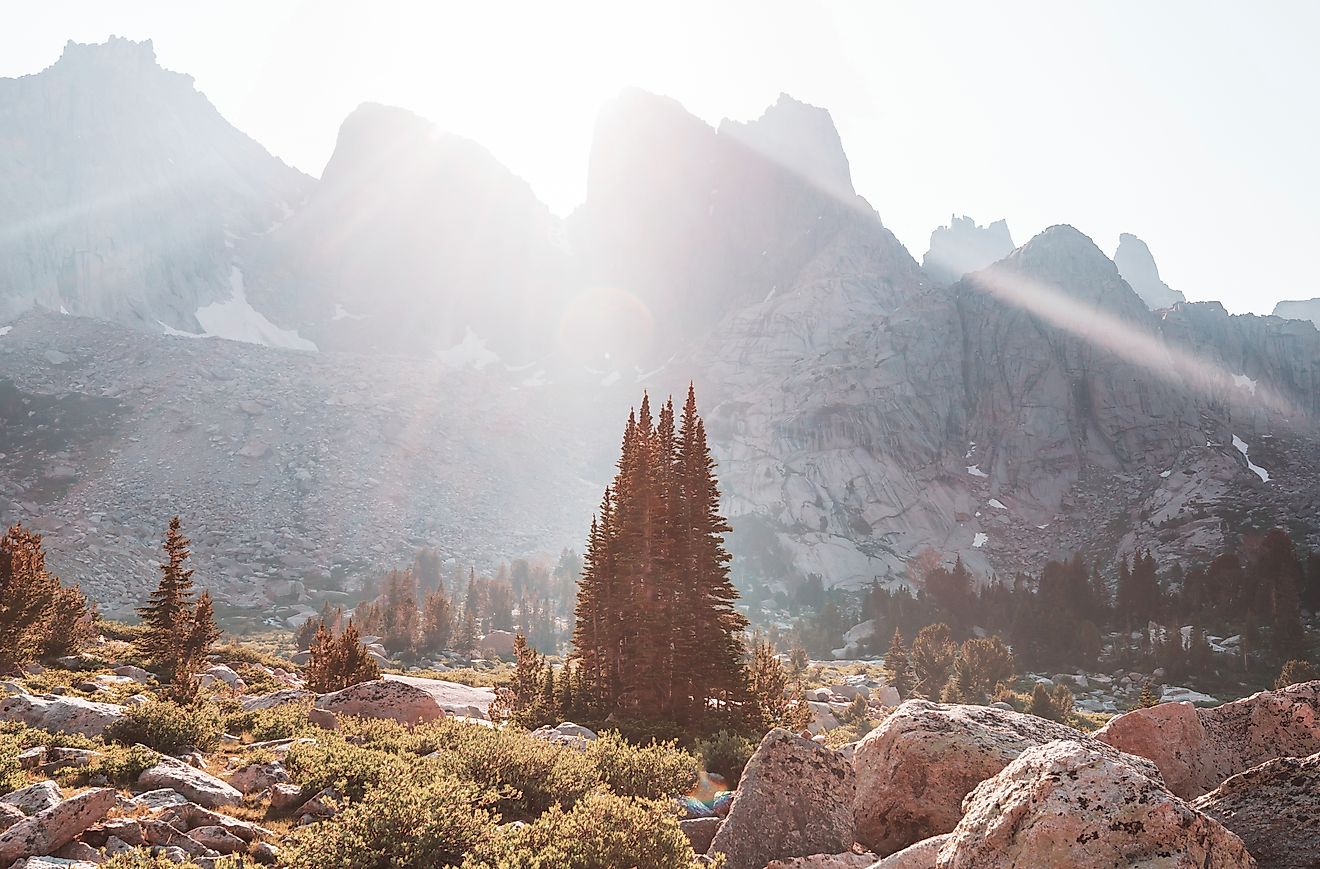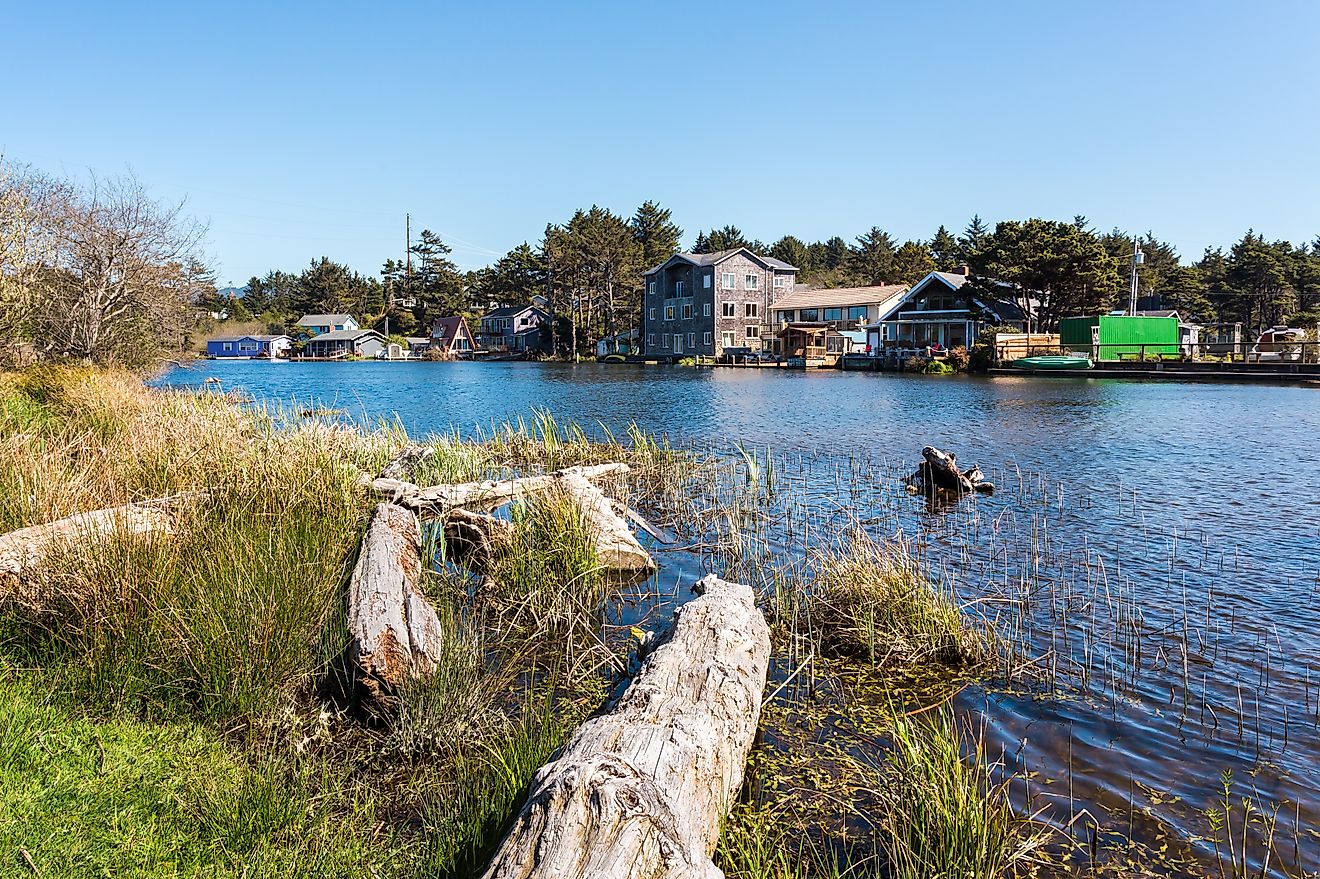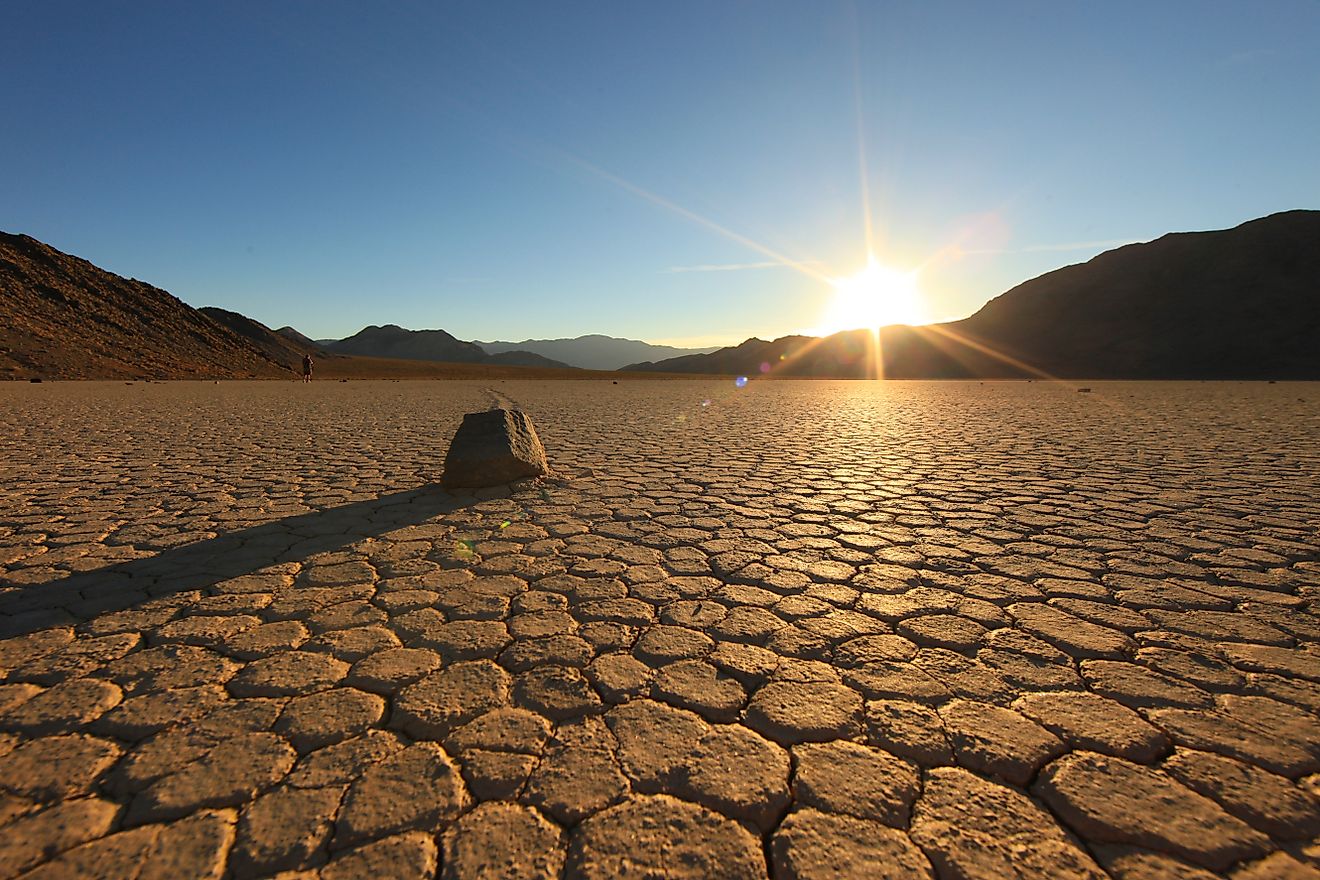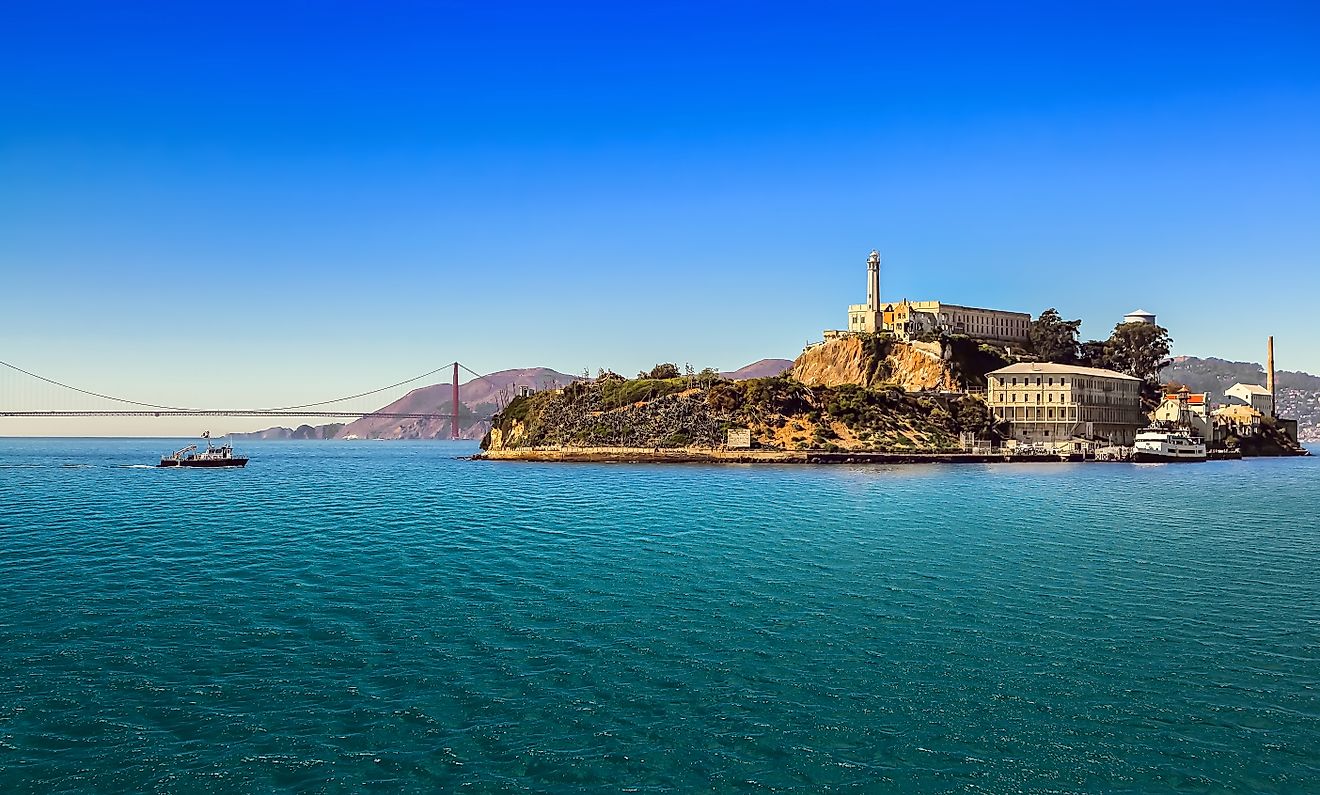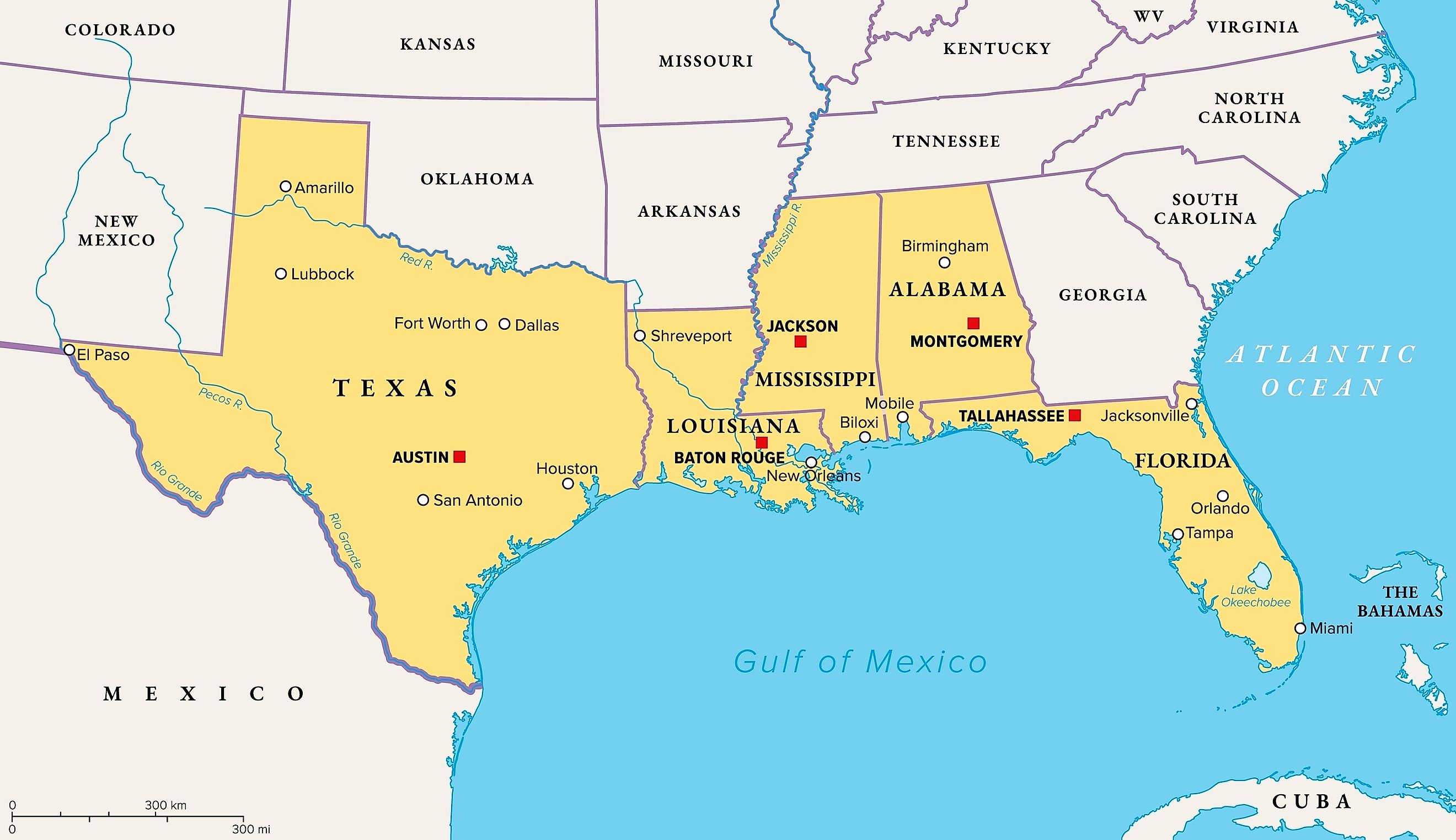
Which US States Are on the Gulf Coast?
The United States’ Gulf Coast stretches along the Gulf of America, touching five states: Texas, Louisiana, Mississippi, Alabama, and Florida. Each state brings its own unique mix of beaches, cultural traditions, and economic activity to the coastline. From Houston’s massive ports to Florida’s white-sand shores, the Gulf Coast shapes the lifestyle, economy, and environment of these regions.
Its waters support fishing, tourism, and energy industries, while coastal communities preserve rich histories and culinary traditions. Understanding which states border the Gulf highlights the diversity and significance of this iconic American region.
Florida: The Sunshine State’s Gulf Side
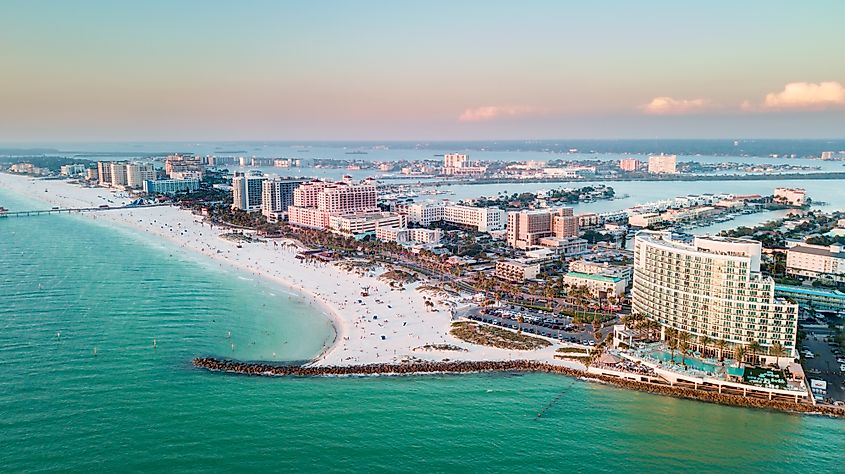
Florida’s Gulf Coast stretches from the western tip of the Florida Panhandle to the vibrant cities along the peninsula. The region features a mix of serene beaches, historic towns, and major urban centers. Tampa, St. Petersburg, and Sarasota are hubs for culture, dining, and arts, while smaller towns like Apalachicola and Cedar Key preserve a slower, coastal way of life.
Florida’s Gulf Coast also supports major shipping ports, such as Port Tampa Bay, and contributes to the state’s reputation as a national tourism destination.
Highlights:
-
Beaches: Clearwater Beach, Siesta Key, and Sanibel Island offer soft sand and clear waters.
-
Wildlife: Gulf coastal waters host dolphins, manatees, and an abundance of fish species.
-
Culture: Festivals like the Sarasota Film Festival and local seafood celebrations reflect the region’s unique heritage.
Alabama: The Heart of the Gulf
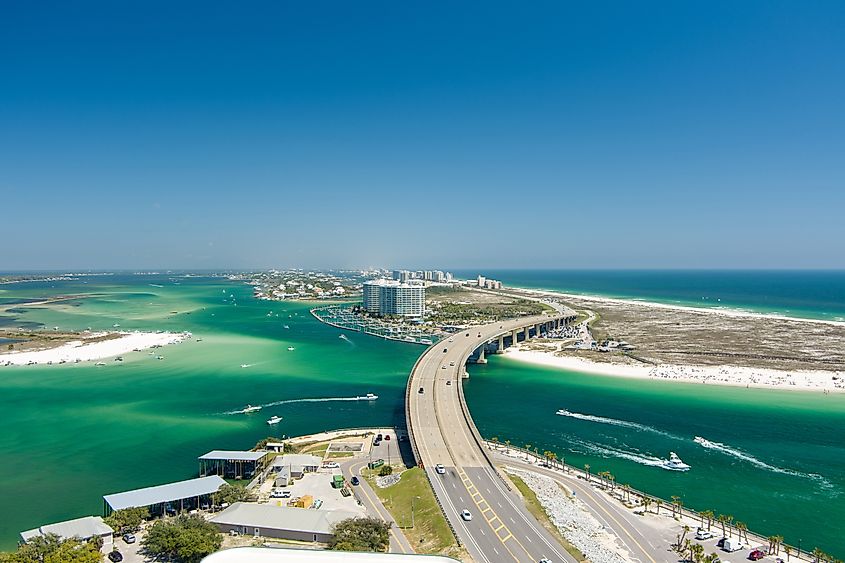
Alabama’s small but vibrant Gulf Coast features soft sandy beaches, charming historic towns, and active port cities. Mobile, the state’s primary coastal hub, is famous for its Mardi Gras celebrations, rich maritime history, and bustling downtown filled with restaurants, galleries, and cultural attractions. The region also includes Gulf Shores and Orange Beach, popular for their recreational activities, family-friendly resorts, and coastal wildlife.
Alabama’s Gulf Coast balances tourism with shipping and seafood industries, maintaining a character distinct from Florida’s larger coastline while offering a blend of history, culture, and natural beauty.
Highlights:
-
Beaches: Gulf Shores and Orange Beach are popular for family vacations and water sports.
-
Cultural Sites: Fort Morgan and historic downtown Mobile showcase the region’s colonial and Civil War history.
-
Marine Life: The coast features estuaries and bays that sustain fisheries, shrimping, and boating communities.
Mississippi: A Coastline Rich in History
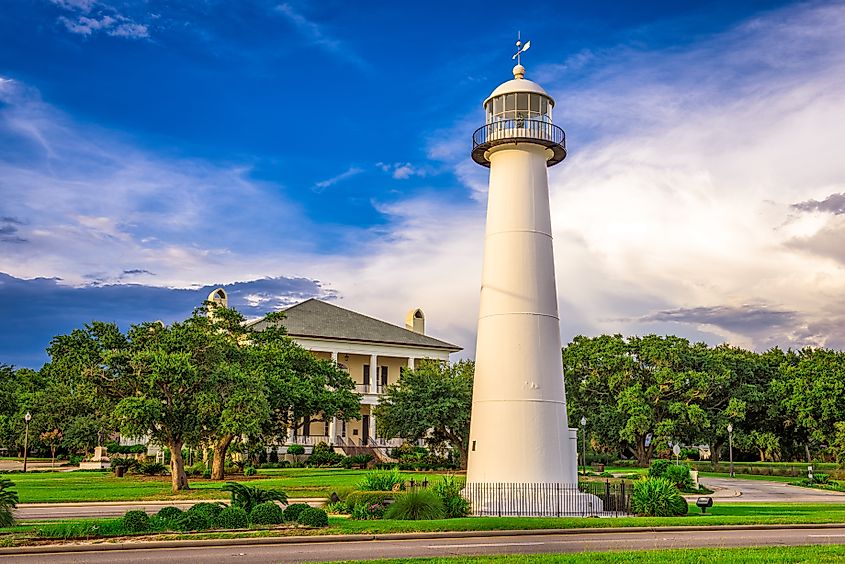
Mississippi’s Gulf Coast may be short in length compared to its neighboring states, but it is rich in history, culture, and natural beauty. Biloxi and Gulfport serve as central hubs, attracting visitors with lively casinos, fresh seafood, and a strong maritime heritage. Historic sites like the Biloxi Lighthouse and Beauvoir, the Jefferson Davis home, highlight the region’s past.
The coastline also features barrier islands, marshlands, and beaches that support fishing, boating, and birdwatching. Frequent hurricanes have shaped resilient communities, influencing building practices and emergency planning.
Highlights:
-
Beaches: Long Beach and Pass Christian provide relaxed coastal experiences.
-
History: Maritime museums and historic districts reflect Mississippi’s colonial and Civil War past.
-
Recreation: Fishing, boating, and beachside festivals are popular with locals and visitors.
Louisiana: Where the Gulf Meets Culture
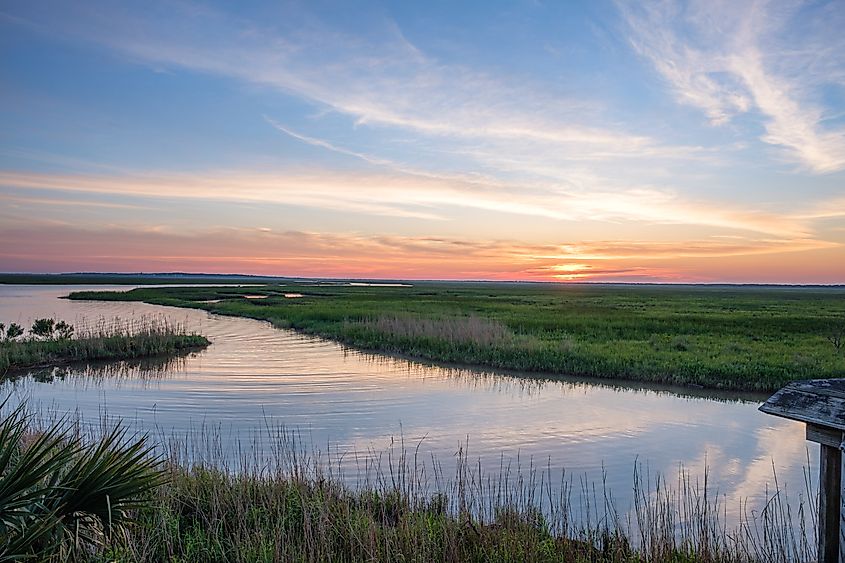
Louisiana’s Gulf Coast extends the state’s rich cultural tapestry, merging French, Spanish, and Creole influences with a deep maritime tradition. Coastal cities such as Grand Isle and Cameron anchor the region with fishing, shrimping, and oyster harvesting, while wetlands and bayous provide vital habitats for wildlife.
Even cities like New Orleans, slightly inland, are closely tied to the Gulf through the Mississippi River and nearby estuaries, linking commerce, tourism, and environmental stewardship. Festivals, seafood markets, and historic architecture reflect a culture shaped by the Gulf, creating a coastline where heritage and natural resources coexist in a vibrant, ever-changing landscape.
Highlights:
-
Wetlands: The delta and marshes are critical habitats for birds, fish, and alligators.
-
Culture: Cajun and Creole traditions influence cuisine, music, and festivals throughout the region.
-
Ports: Port Fourchon and other shipping facilities support energy, seafood, and commercial activity.
Texas: The Lone Star’s Gulf Shore
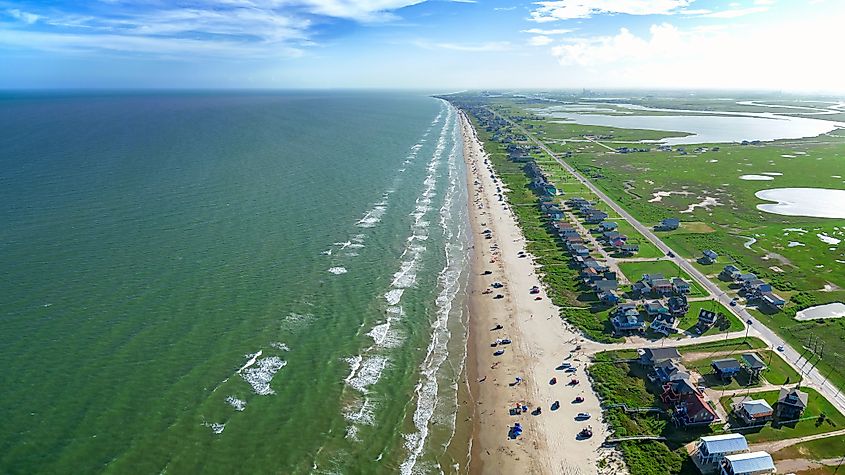
Texas features the westernmost stretch of the Gulf Coast, extending from the Louisiana border down to the Rio Grande. Its coastline is diverse, ranging from sandy beaches in Galveston to the bustling port facilities of Houston and Corpus Christi. Galveston combines historic charm with coastal tourism, offering Victorian architecture, seaside attractions, and cruise terminals.
Corpus Christi supports recreational boating and fishing while serving as a hub for the energy industry. Houston’s port system is among the largest in the nation, handling massive commercial and shipping traffic. The Texas Gulf Coast blends economic power, cultural sites, and natural landscapes across hundreds of miles of shoreline.
Highlights:
-
Beaches: South Padre Island, Galveston, and Mustang Island attract sunbathers, swimmers, and nature enthusiasts.
-
Energy: Offshore oil and gas production is a major economic driver.
-
Culture: Coastal communities celebrate Mexican-American heritage alongside Texan traditions.
America’s Economic and Cultural Lifeline
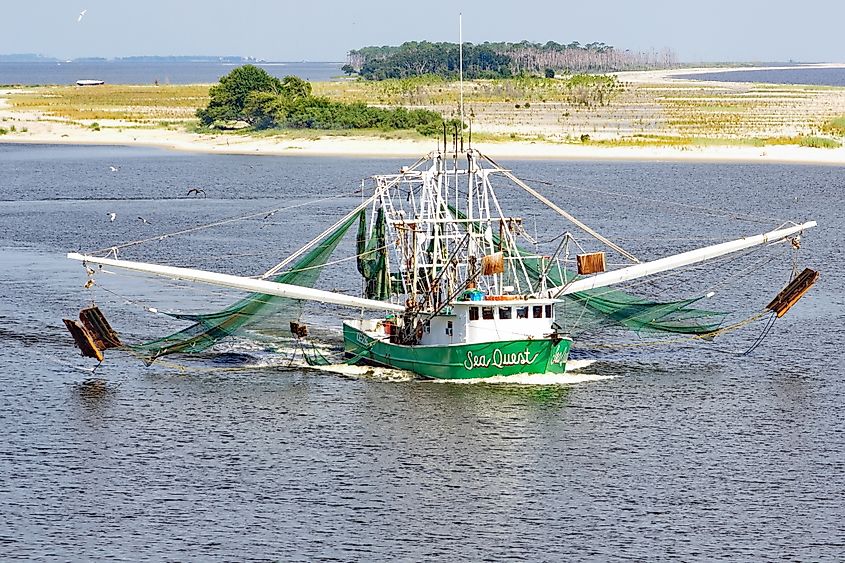
The Gulf Coast is more than a stretch of shoreline, it is a hub of economic activity, ecological richness, and cultural heritage. Its waters sustain fisheries, power shipping and energy industries, and draw millions of tourists annually. The region’s wetlands, estuaries, and marine habitats support diverse wildlife, making the Gulf vital to the nation’s biodiversity.
Culturally, the Gulf Coast influences music, cuisine, and local traditions. From Cajun dishes in Louisiana to beachside fish fries in Florida, the coastline is a vibrant corridor of flavors, festivals, and community life. Visitors can enjoy pristine beaches, historic districts, and water-based recreation while witnessing resilient communities that thrive despite seasonal storms.
Final Thoughts
The United States’ Gulf Coast spans five states: Florida, Alabama, Mississippi, Louisiana, and Texas. Each has its own coastal personality, from Florida’s tourism-heavy beaches to Louisiana’s culturally rich bayous and Texas’ energy-driven shoreline. Understanding which states make up the Gulf Coast offers insight into America’s geography, economy, and cultural diversity. The Gulf Coast is a living region where nature, commerce, and heritage meet, providing unforgettable experiences for residents and visitors alike.
Quick Facts About Gulf Coast States
| State | Major Cities on the Gulf | Notable Attractions | Shoreline (approx.) |
|---|---|---|---|
| Florida | Tampa, St. Petersburg, Sarasota | Clearwater Beach, Siesta Key, Sanibel Island | 770 miles |
| Alabama | Mobile, Gulf Shores, Orange Beach | Fort Morgan, Gulf Shores beaches | 53 miles |
| Mississippi | Biloxi, Gulfport, Pascagoula | Maritime museums, beaches | 44 miles |
| Louisiana | New Orleans, Lafayette, Lake Charles | Bayous, delta, Port Fourchon | 397 miles |
| Texas | Galveston, Houston, Corpus Christi | South Padre Island, Galveston Island | 367 miles |
